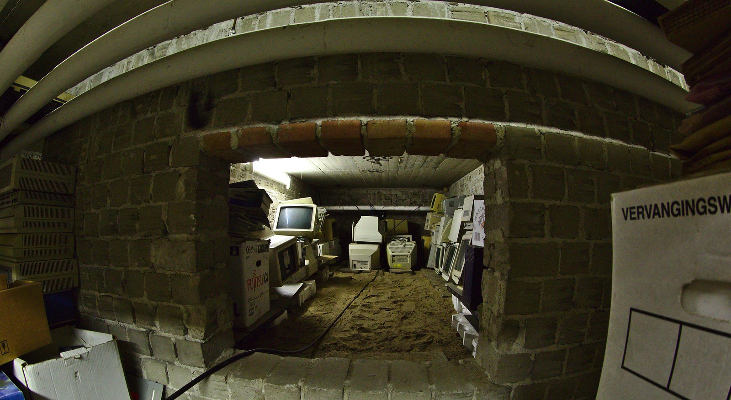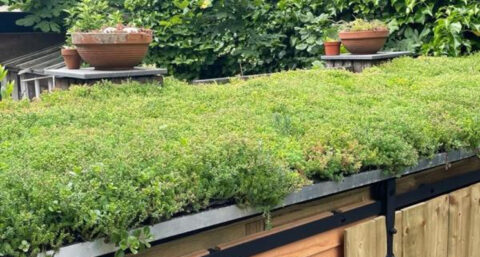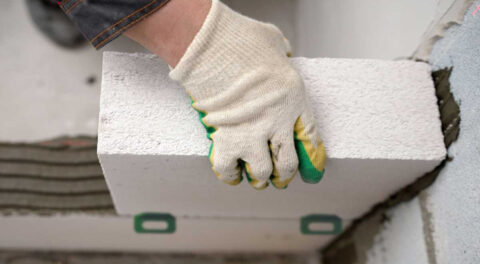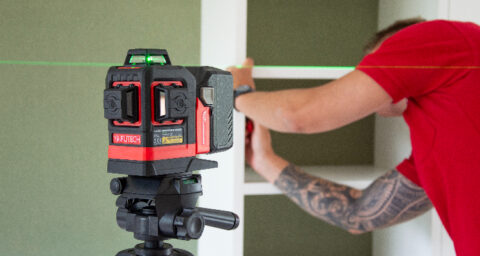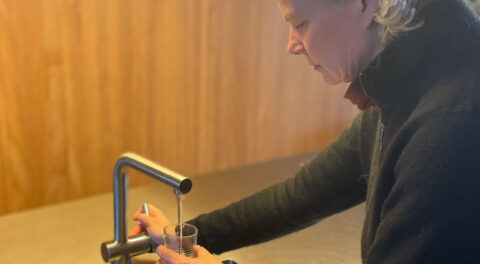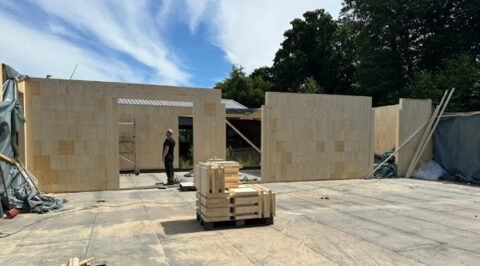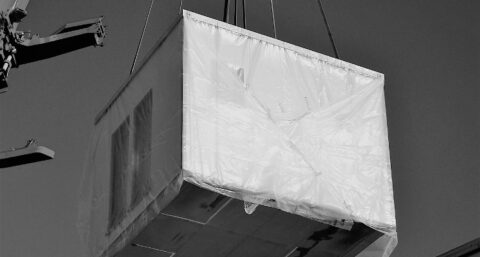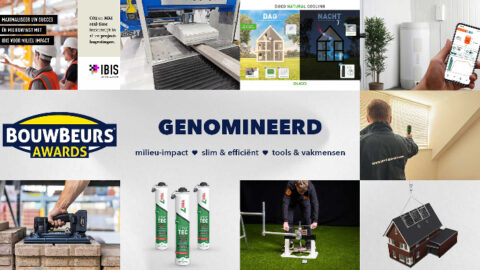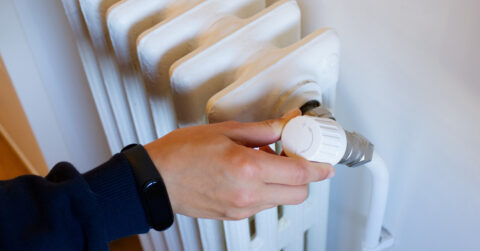In construction or plant engineering, it is sometimes part of the job: working in confined spaces. But not everyone likes it. In a sewer, well or crawl space, the working space is minimal and that brings with it risks. Fortunately, these can be reduced through awareness and certain measures.
A confined space means an environment that is (partially) enclosed, such as a well, sewer or crawl space. Access is usually narrow and the space not at standing height. It is very clearly not intended as an accommodation space. At most, it is used as storage space for discarded items. The space may contain unpleasant or even toxic substances. It may be cold or hot, humid, dusty; all conditions where it is not pleasant to work.
Knowledge and experience
Anyone who must work in such a confined space, such as to replace a water pipe, must know what they are doing. Knowledge and experience is essential, and some high-risk occupations require VCA certification. Working in such a confined space is usually not possible without bending over, and sometimes it is only possible to crawl to where the work has to be done. This is quite hard on knees, back, shoulders and neck, and also makes it difficult to get out of such a small space if there is an emergency.
The most important point when working in a confined space is, a person does not do it alone. If it is too tight for two people, then one person goes into the confined space and the other stays at the entrance within earshot.
Waste list
Working in confined spaces is risky. There are eight different hazards, and they are: oxygen deprivation, poisoning, entrapment, fire and explosion hazards, electrocution, heat stress, noise, tripping and falling. To mitigate the risks, the following checklist of concerns may help:
- Request an evacuation plan, or make one yourself.
- Inventory risks in advance and discuss them with concerned colleagues.
- Devise solutions to reduce risks.
- Shut off piping that opens onto the confined space prior to work.
- Don't do unnecessary work in the confined space. Out there, prepare in advance what can be done.
- Measure beforehand whether oxygen levels are sufficient and whether (and if so which) hazardous gases are present.
- Provide (emergency) lighting and a charged cell phone.
- Work with explosion-proof electrical equipment.
- Make sure you need to be in the confined space as briefly as possible.
- If the work takes a long time, alternate.
- Use your own pbm's, they fit!
- Mark the area around the entrance to the confined space so that no one can fall in.
Not everyday
Even if all the items on the checklist have been properly gone through and appropriate measures have been taken; it is impossible to eliminate all risks completely. A confined space remains a nondescript work environment.
By the way, for those who suffer from claustrophobia, a confined space is not a suitable workspace. Because if someone panics, it greatly increases the risk. Take that seriously and consider it hazard No. 9.

